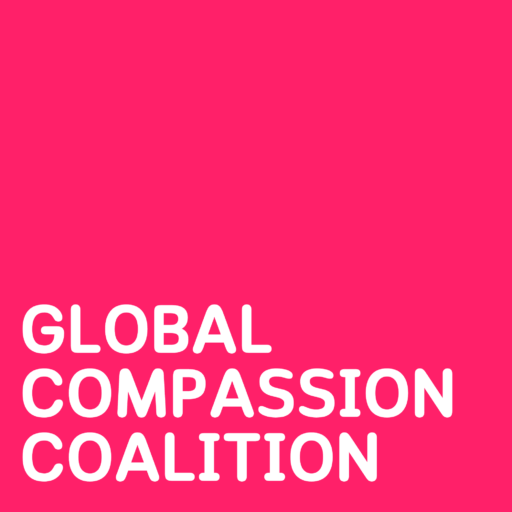Individualism
Cultural prioritization of individualism over collectivism has accelerated in recent decades with negative implications for community bonds. Polling reveals the percentage of Americans believing success is determined by external circumstances versus personal effort dropped from 62% to 36% from the 1960s to the 1990s. Likewise the number of Americans believing they could trust and rely upon others for help plunged from 58% to 37% over the same period. This ethos of individualism and detachment erodes the foundations of mutual reliance and shared struggle binding communities. As personal accomplishment and self-interest are elevated over concern for communal welfare, incentives towards civic participation and investment in public goods decline. Americans today participate less in community organizations, are less likely to know their neighbors, and show less support for policies supporting vulnerable groups compared to counterparts in more collectivist societies. The prioritization of personal advancement fuels a transactional materialism also corroding communitarian spirits. With personal happiness equated to material successes and social status, individuals become more isolated in pursuing individual wealth and consumption. This hampers community building as residents grow more private, competitive, and concerned with personal versus communal needs. America’s exceptionally long average working hours relative to other developed nations also relate to cultural overemphasis on work and career ambition over community connections and collective wellbeing.

Segregation
Stark economic and racial segregation continues concentrating poverty and hardship in marginalized communities, limiting social capital and opportunity. Legacy impacts of racist “redlining” lending practices and ongoing housing discrimination perpetuate segregated neighborhoods with higher exposure to pollution, food deserts with poor nutritional access, struggling schools, and inadequate services. Such concentrated neighborhood poverty exacerbates inequality. The resulting divide in experiences and political priorities between poor marginalized neighborhoods and affluent sections of a city or town breeds resentment and erodes support for communal welfare policies essential to lifting up struggling areas. As segregation has deepened along partisan lines as well, geography exacerbates polarized “bubbles” with liberals and conservatives living farther apart and less exposed to moderating influences. With limited contact or bonds bridging divided communities, empathy erodes and compromise grows more difficult on local and national stages.

Loss of shared public space
As communal spaces from parks to community centers to small retailer shopping districts have declined, so too has social cohesion. New research shows sharp drops in participation in community spaces and activities since the 1970s. Average Americans spend 50% less time socializing in public spaces than several decades ago. A key driver behind the shrinking access to communal spaces and community activities has been inadequate public and private investment at local and national levels. Cuts to budgets supporting physical spaces like community centers, public parks, and neighborhood libraries mean residents have fewer spaces for social gatherings and activities. Government policy emphasizing individual over collective infrastructure combined with businesses focusing philanthropic dollars away from grassroots spaces that cultivate communal ties has further hampered opportunities for social bonding.

Fewer positive interactions
Given the demonstrated power of repeated, positive exposure in reducing prejudice between groups, this isolation hinders building bonds of understanding and empathy between divided factions from immigrants to partisan opponents that strengthen cohesive community spirit.
Revitalizing public areas and institutions designed for communal gathering and participation provides vital infrastructure for nurturing social integration. Urban planning emphasizing “human-scale urbanism” with more public benches, pedestrian zones, and accessibility focused infrastructure promotes casual encounter and exchange essential to dynamic, cohesive communities.

